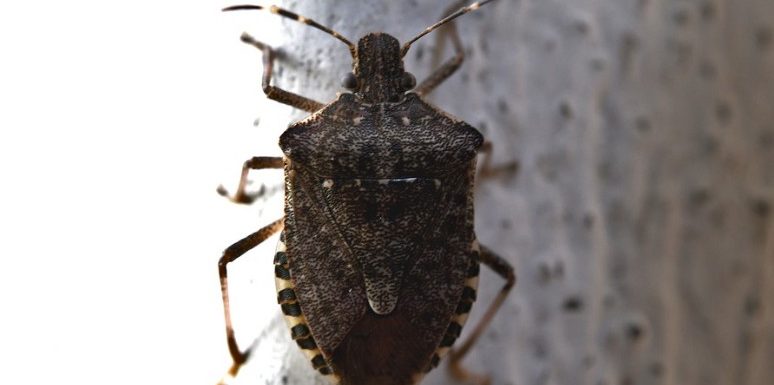
In this article we are going to talk about how to control bedbugs. Bedbugs, which encompass some 70 species, are insects that require blood from a mammal or bird in order to survive and reproduce.
Bedbugs typically spread by hitching rides on luggage, bedding, clothes, and even other animals. Many bedbug species survive by feeding from multiple hosts in one area, including nondomestic animals such as birds, chickens, rats, and mice.
This makes tracking the origins of an infestation nearly impossible—and it discredits the idea that bedbug infestations are the result of poor sanitary practices.
Table of Contents
Signs of a Bedbug Problem
If you find red, raised bite marks in close proximity to one another on your skin when you wake up in the morning, you may have a bedbug problem.
You might also find dark specks of excrement or dried blood on your sheets or pillows, indicating where the bedbugs hide during the day. Other hiding places include the seams of mattresses, cracks in the bed frame, in and underneath the box spring, and any other crevice near a bed.
Bedbugs usually try to nest as close to a bed as possible, but colonies have been found in cracked walls, behind loose wallpaper, and even on ceilings.
Identification
Before doing anything, try to capture a bedbug and bring the sample to a pest professional who can identify the species, cause of infestation, and possibly even the presence of another pest in your home that may need to be exterminated first.
Removal, Exclusion, and Sanitation
- Manual removal: Manual removal of bedbugs is possible if the bedbug colony is restricted to a single mattress or piece of furniture. Bear in mind, however, that a serious infestation may warrant tossing your old mattress and buying a new one.
- Hot water: Strip and wash all bedding in very hot water, and steam-clean all furniture and carpets.
- Temperature controls: Because bedbugs are sensitive to temperature changes, allowing an infested bedroom’s temperature to fall below 40°F for more than 24 hours may kill a colony. This solution does not always work, however.
Bedbugs Chemical Control
If sanitation and temperature controls don’t eliminate your bedbug problem, you may need to use a chemical method.
- Insecticidal soap: Spraying the colony with a mixture of one to two tablespoons of mild liquid soap and water should kill the bugs and their eggs.
- Insecticide fogger: Bedbugs are adept at hiding, however, so an insecticide fogger may be needed to kill them. Raid® and Spectracide® each make products for use against bedbugs.
Keeping Bedbugs Away
- Luggage checks: Bedbugs are increasingly prevalent in hotels, hostels, and apartments, both in the United States and abroad. Anytime you travel, inspect your clothes and luggage carefully to make sure that you don’t bring any bedbugs home with you.
- Monitoring: If you’ve had a bedbug infestation but managed to get rid of it, you should still constantly monitor for any signs that bedbugs have returned—early detection is an important defense.
- Metal bed frame: If possible, buy a bed frame that has polished metal legs, as these make it more difficult for bedbugs to get up to the mattress.


